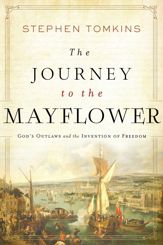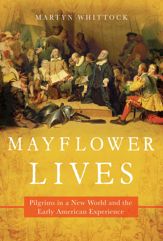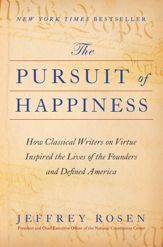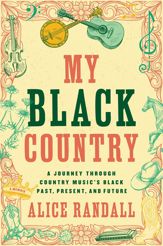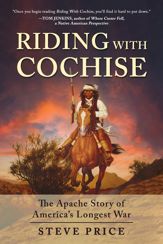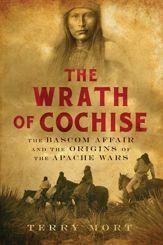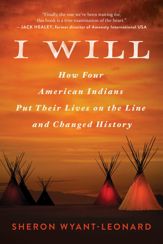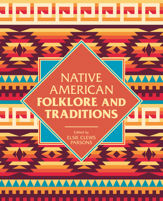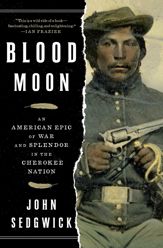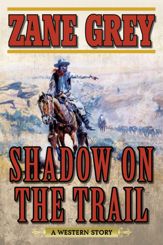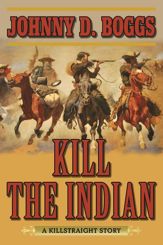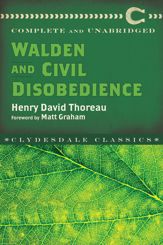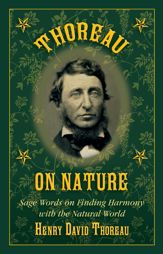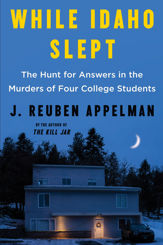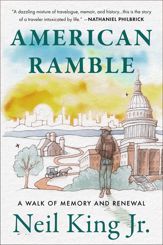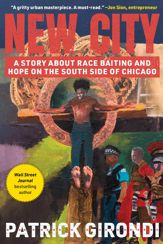"A vivid account . . . Swanson re-creates Deerfield’s harsh environment, powerfully evoking the trepidation of the Puritan colonizers who were isolated from 'civilization' by a sinister wooded wilderness.” —Wall Street Journal
Description
From the New York Times bestselling author of Manhunt (now an Apple TV+ series) and in the tradition of Empire of the Summer Moon comes a spellbinding account of a forgotten chapter in American history: the deadly confrontation between natives and colonists in Massachusetts in 1704 and the tragic saga that unfolded.
Once it was one of the most infamous events in early American history. Today, it has been nearly forgotten.
In an obscure, two-hundred-year-old museum in a little town in western Massachusetts there stands what once was the most revered relic from the history of early New England: the massive, tomahawk-scarred door that came to symbolize the notorious Deerfield Massacre of 1704. This impregnable barricade—known to early Americans as “The Old Indian Door”—constructed from double-thick planks of Massachusetts oak and studded with hand-wrought iron nails to repel the tomahawk blades wielded by several attacking Native tribes, is the sole surviving artifact from one of the most dramatic moments in colonial American history: In the leap year of 1704, on the cold, snowy night of February 29, hundreds of Indians and their French allies swept down on an isolated frontier outpost to slaughter or capture its inhabitants.
The sacking of Deerfield led to one of the greatest sagas of survival, sacrifice, family, and faith ever told in North America. One hundred and twelve survivors, including their fearless minister, the Reverend John Williams, were captured and forced to march three hundred miles north into enemy territory in Canada. Any captive who faltered or became too weak to continue the journey—including Williams’s own wife—fell under the tomahawk or war club.
Survivors of the march willed themselves to live and endured captivity. Ransomed by the royal governor of Massachusetts, the captives later returned home to Deerfield, rebuilt their town and, for the rest of their lives, told the incredible tale. The memoir of Rev. Williams, The Redeemed Captive, published soon after his liberation, became one of the first bestselling books in American history and remains a literary classic. The Old Indian Door is a touchstone that conjures up one of the most dramatic and inspiring stories of colonial America—and now, at last, this legendary event is brought to vivid life by popular historian James Swanson.
Reviews
“With his gifts of great storytelling and penetrating insight, James Swanson has given us a compelling account of an unjustly forgotten episode in American history. This is an immersive and memorable book.” —Jon Meacham, Pulitzer Prize–winning author of And There Was Light: Abraham Lincoln and the American Struggle
“It is easy to forget that America’s eastern frontiers were once just as savage as the more celebrated lands of the west. Call it the Wild East—the subject of James L. Swanson’s engaging new book The Deerfield Massacre. From a single horrific event Swanson builds an epic, violent portrait of a world most of us have forgotten.” —S. C. Gwynne, author of Empire of the Summer Moon
"A briskly told history of death, resilience, and recovery in the American past.” —Kirkus Reviews








